Blockchain Technology in Finance: Intro
Instructor: Katya Malinova
Course : F741 Fall 2023

Goals for today
- 5-minute high-level
- What is blockchain?
- What is cryptocurrency?
- What can it do for you and why should we care (DeFi)
- Challenges with decentralization?
- What is a token? Types of tokens?
- Key regulator issues and challenges
- Time-permitting: DeFi & "real finance": challenges
The Premise of the
Internet & Blockchain


Peer to Peer Communication





!
?

Bill Gates Explains the Internet to Dave (1995) | Letterman




Peer to Peer Communication



Peer to Peer Value


!

?


?

Sidebar: What is digitize-able value?
Sidebar: What is digitize-able value?




Peer to Peer Communication



Peer to Peer Value


!

?


?

Sidebar: What is digitize-able value?
- money
- digitally native assets
- claims on resources and property
- identity, personal data




Peer to Peer Communication



Peer to Peer Value


!

?


?

What took so long for P2P value?




Peer to Peer Communication



Peer to Peer Value


!

?


?

The challenge: how do you ensure digital scarcity?
- traditional approach: unique record-keeper
- problem:
- intermediary necessary for record keeping
- tight supervision of custodian
- no peer-to-peer
- What is the equivalent of TCP/IP for value?
The challenge: how do you ensure digital scarcity?
- traditional approach: unique record-keeper
- problem:
- intermediary necessary for record keeping
- tight supervision of custodian
- no peer-to-peer
- What is the equivalent of TCP/IP for value?



Existing value transfer solutions?
Problems/Risks?
POWER CONCENTRATION/MONOPOLY
2-minute version:
What is a blockchain?
blockchain=
an infrastructure for digital resource transfers
5-minute version:
What is a cryptocurrency?
cryptocurrency =
internal payment mechanism to pay for operation of a blockchain
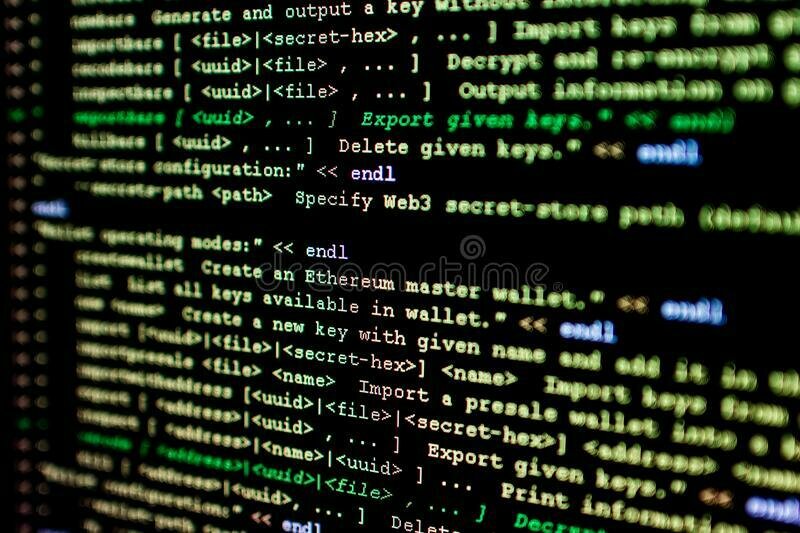
Addresses, Accounts, Wallets, and Public/Private Keys

Smart contract accounts
- controlled by code
- decentralized applications
- tokens

Externally owned accounts
controlled by private keys
private
key
public
key
seed phrase
public
address
wallet = software to keep and use private keys
Why "block" + "chain"?
Transaction
Execution



Consensus Protocol =
a set of rules that determine what kinds of blocks can become part of the chain and become the “truth”.
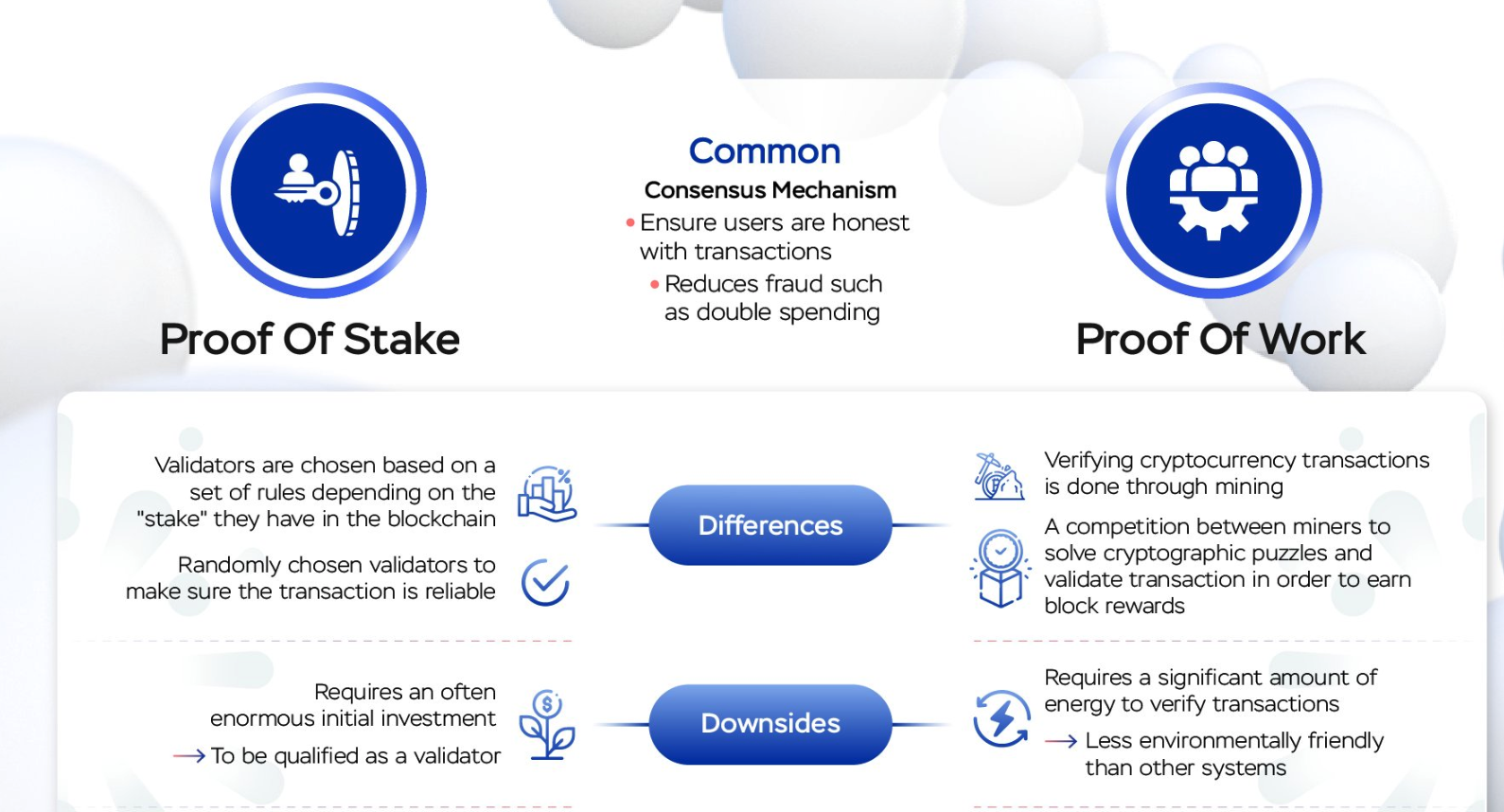

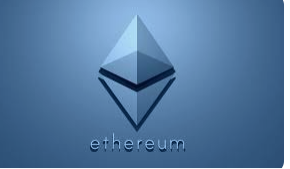
Source: Cambridge Bitcoin Energy Consumption Index https://cbeci.org/

Proof of work protocol: unsustainable amount of energy

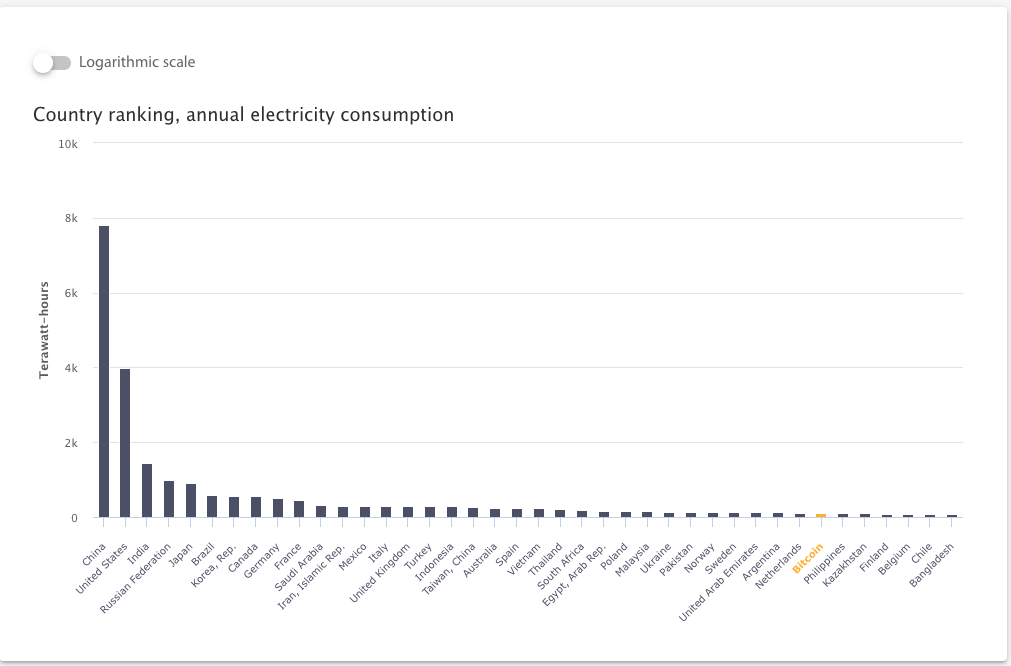
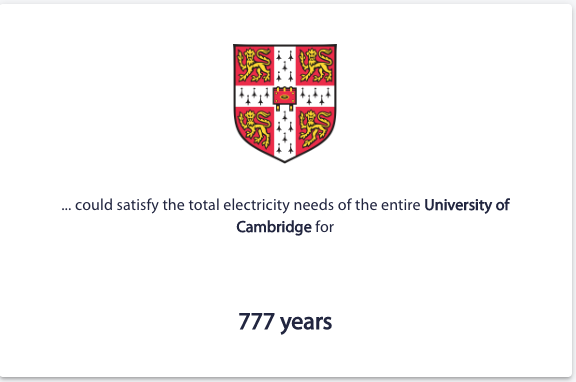
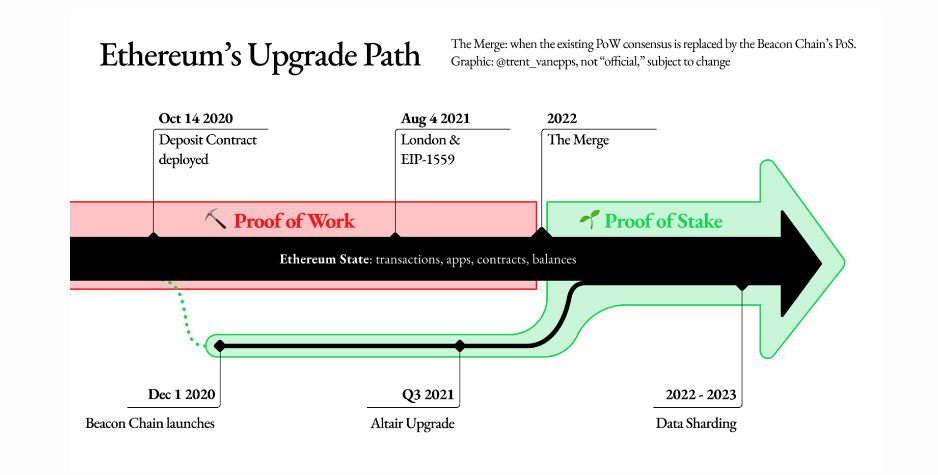
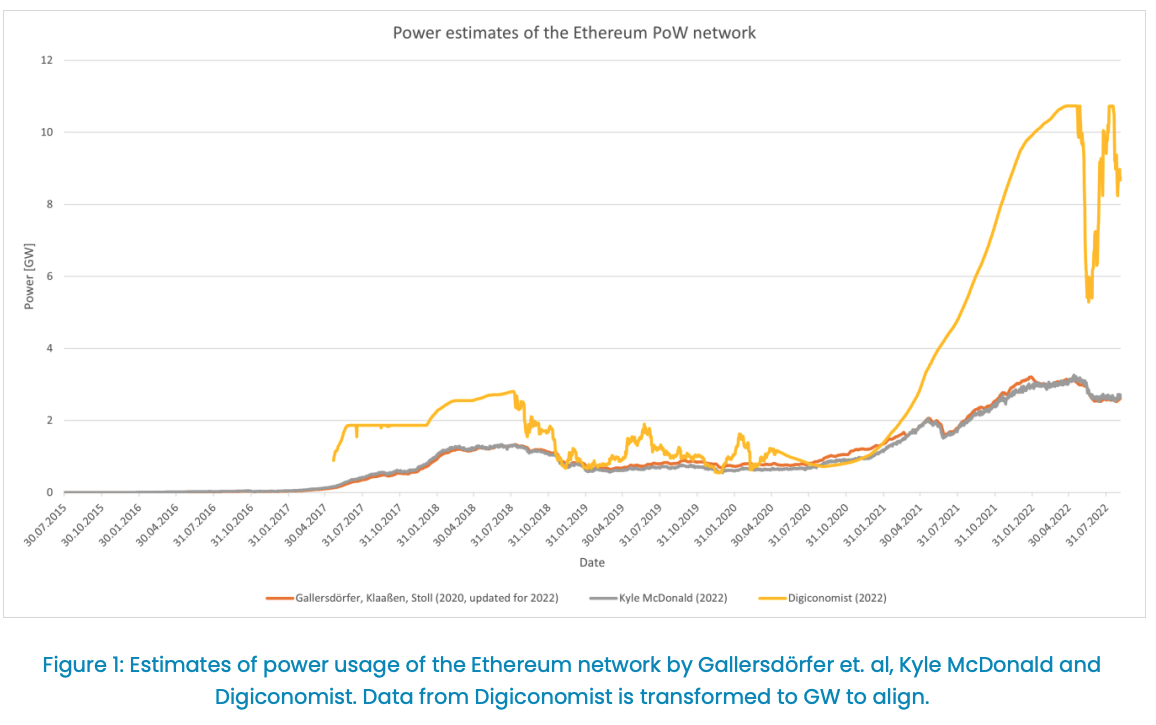
Ethereum power usage before the Sept 15, 2022 Merge
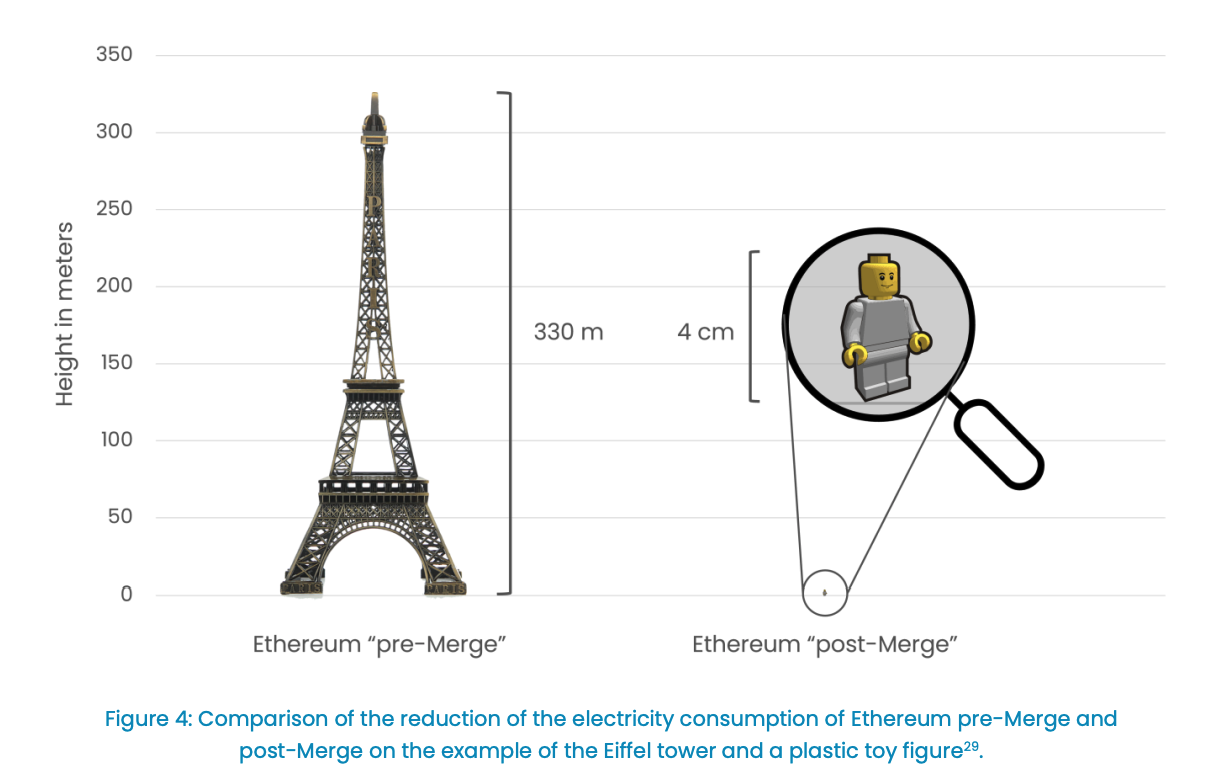
Where to start for more detail?
Anders Brownworth YouTube video and a demo:
Ethereum "intro to" articles (with links to further info and to videos):
Odd Lots Podcast has a fantastic non-technical episode on
the Ethereum Merge!
Stopped here in Lecture 2
I will split the remainining slides into the relevant topics, expanding on DeFi trading and lending in Lecture 3!
Why is this idea powerful?

payments
stocks, bonds, and options
swaps, CDS, MBS, CDOs
insurance contracts

A blockchain is a
- general purpose
- open access
- value management
- infrastructure
- that is communally run
decentralized finance =
provision of financial service functionality without the necessary involvement of a traditional financial intermediary like a bank or broker-dealer
digital media =
provision of information service functionality without the necessary involvement of a traditional information intermediary like a publisher, library, or newagency
trading Infrastructure
payments network
Stock Exchange
Clearing House
custodian
custodian
beneficial ownership record
seller
buyer
Broker
Broker










Problem: usage of capital is constrained by the tech frictions
Application: decentralized trading with automated market makers













New institutions!
- passive "shared" liquidity provision
- new pricing function
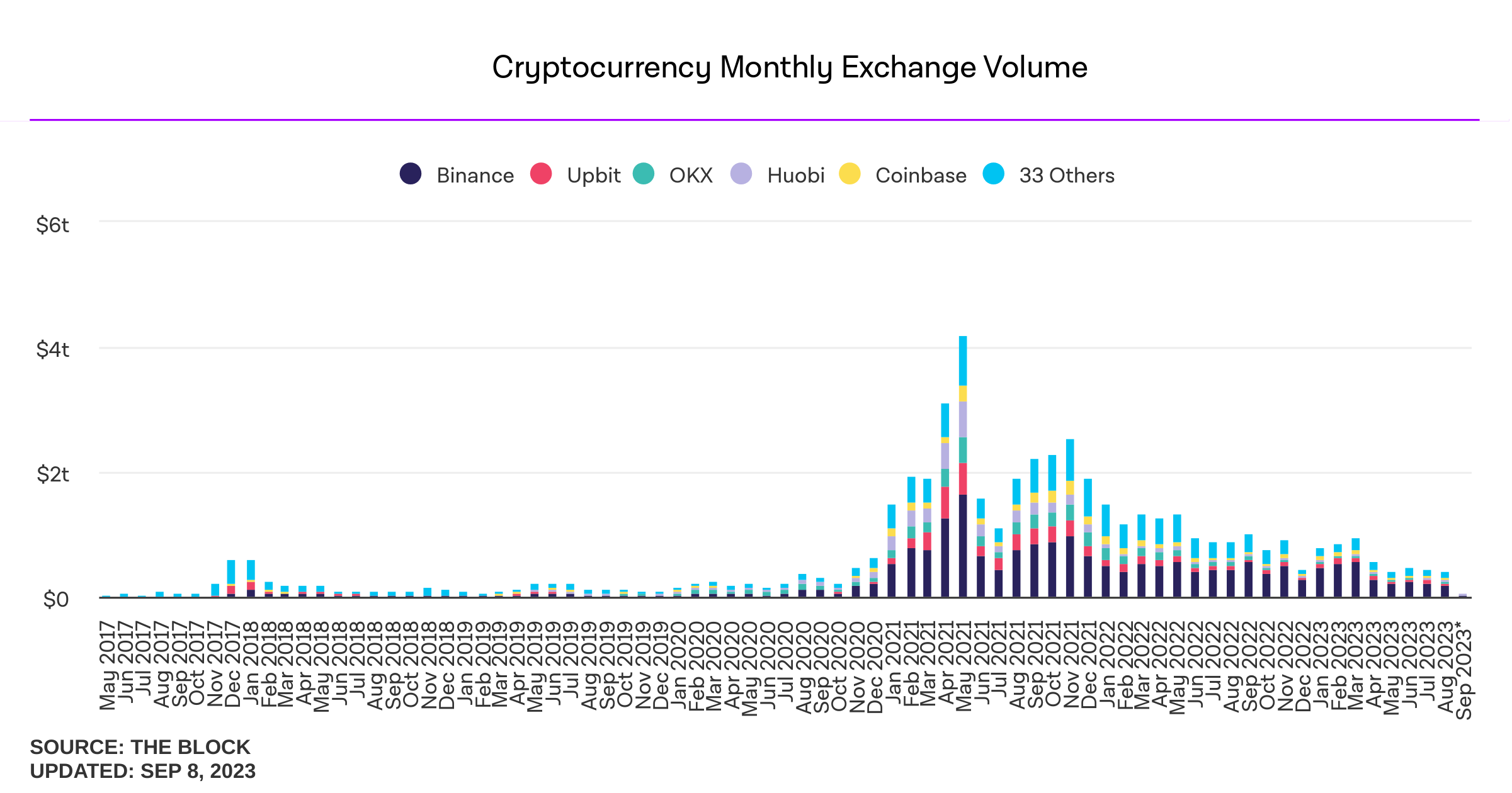
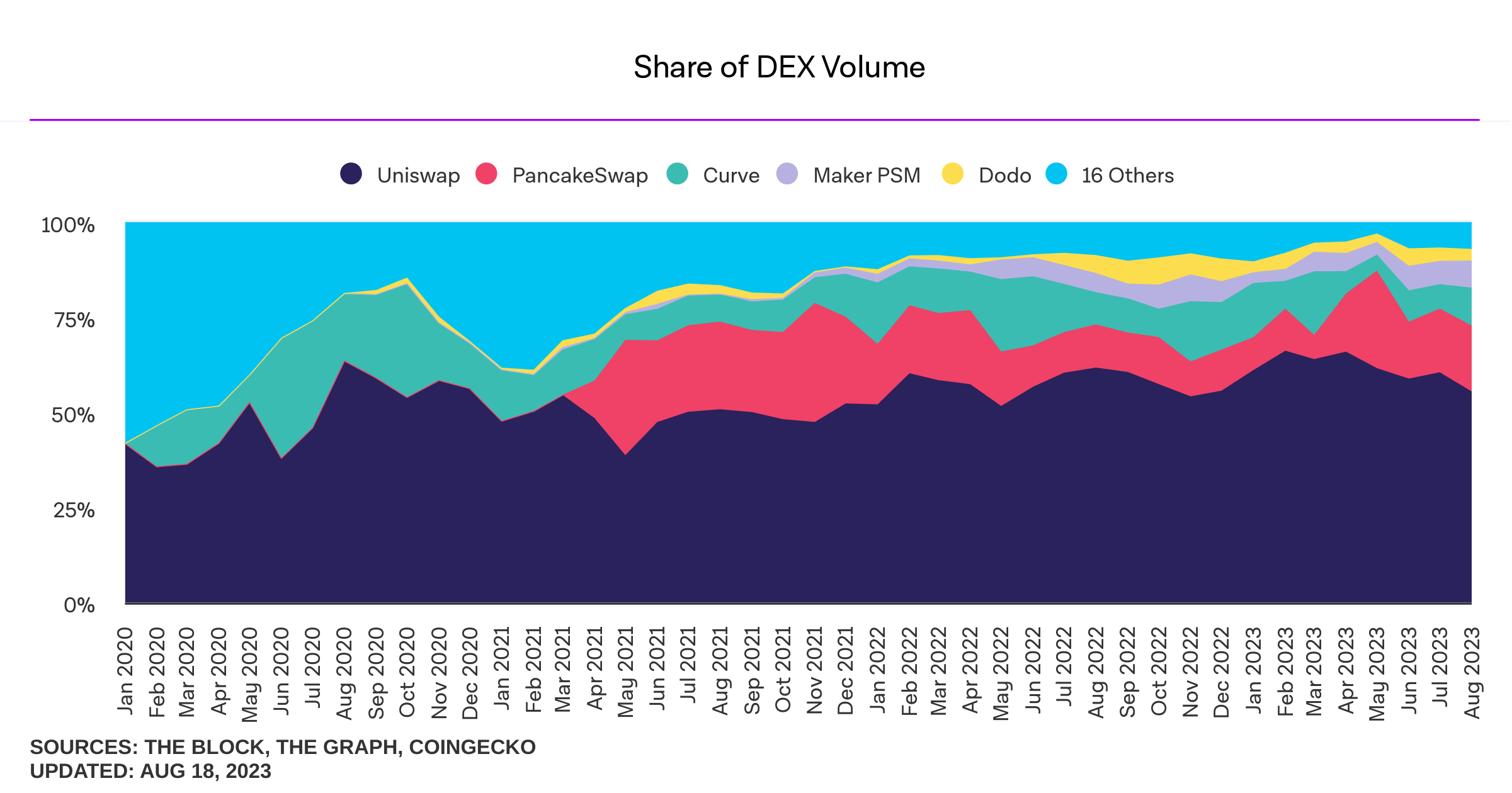
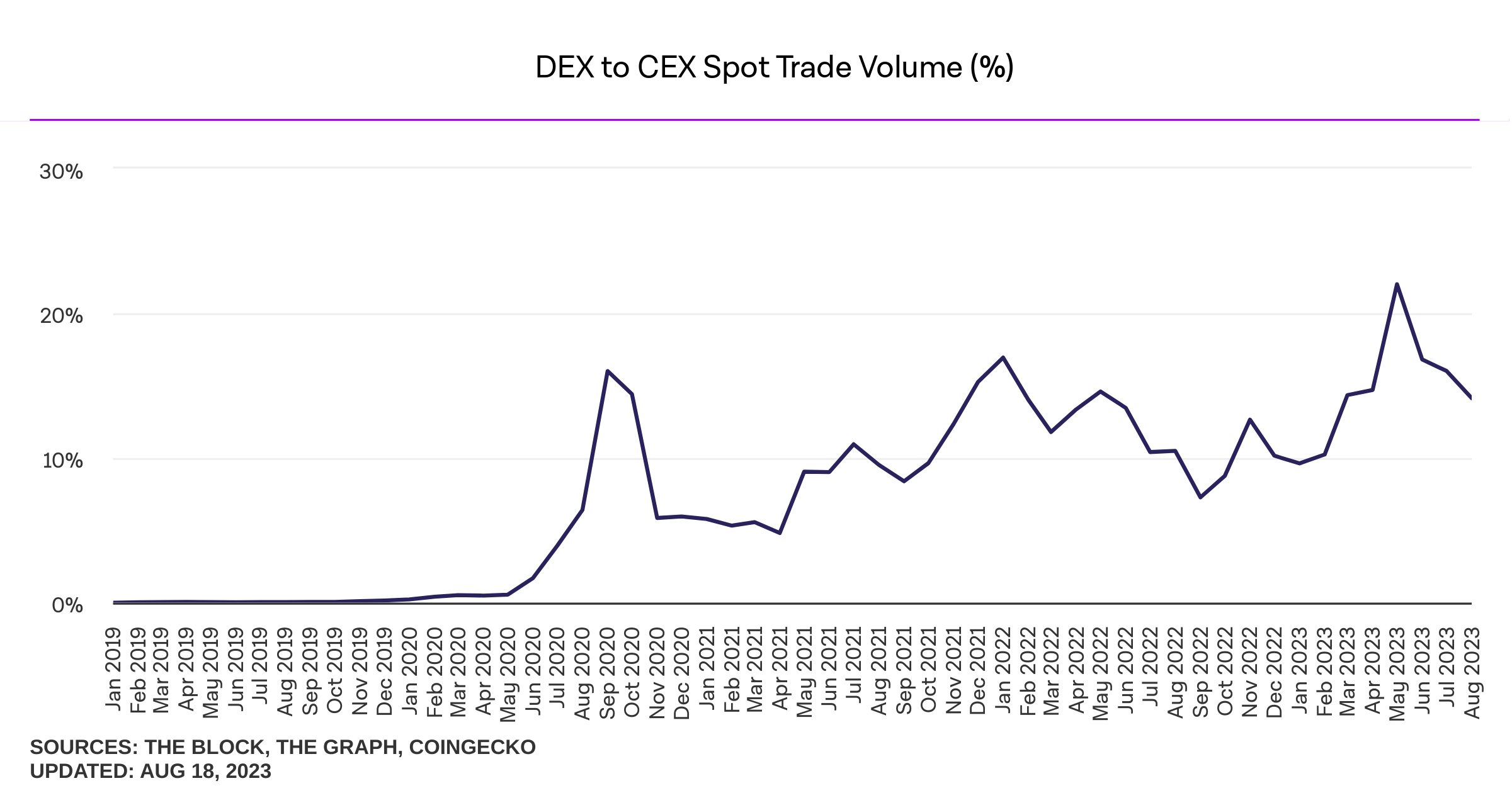
Some background stats on DEcentralized Exchanges (DEX)
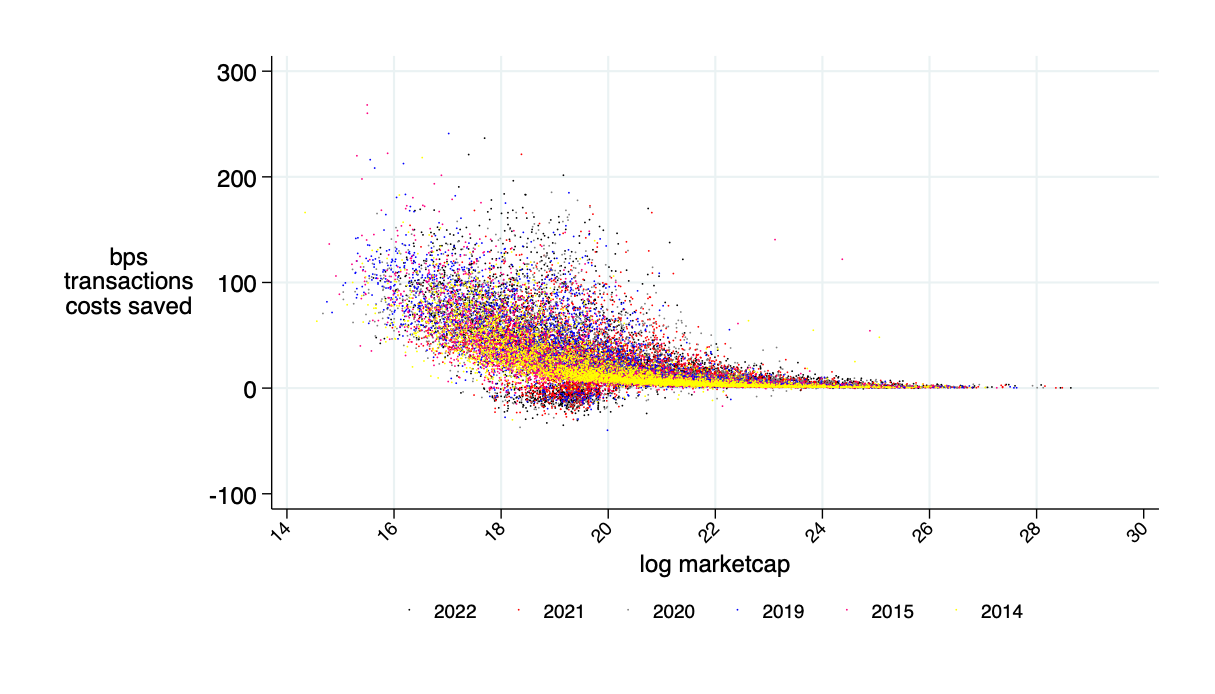
Source of savings:
- better risk sharing among liquidity providers
- better use of capital
Possible transaction cost savings in cash equities: \(\approx\) 30%
Source: "Learning from DeFi: Would Automated Market Makers Improve Equity Trading?" working paper, Malinova & Park 2023
Application: Decentralized Borrowing & Lending











borrow
provide collateral
The Flow of Event: Normal Times
The Flow of Event: Collateral Liquidation


Dapp composability & Flash loans


1. flash-borrow DAI

5. repay DAI


3. receive the collateral (ETH) at a discount

4. convert ETH to DAI

2. liquidate ETH-collaterilized loan with DAI

Loan liquidation opportunity
New tools: flash loan
- either all of these execute or none -> arbitrage!
- can be used more traditionally -- e.g. to refinance a loan at a better rate
Many automated DeFi products are emerging
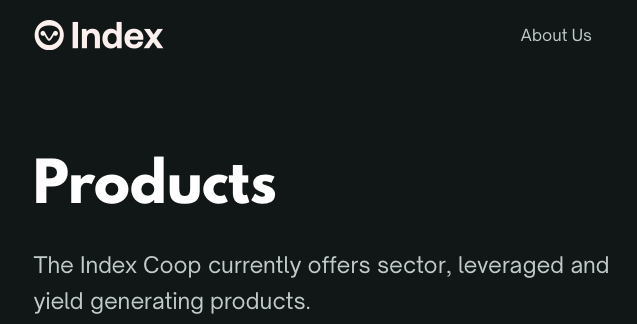
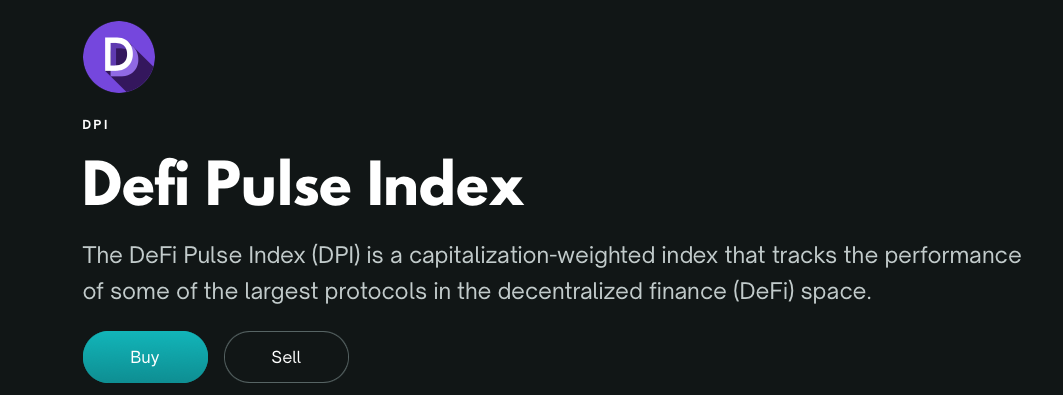
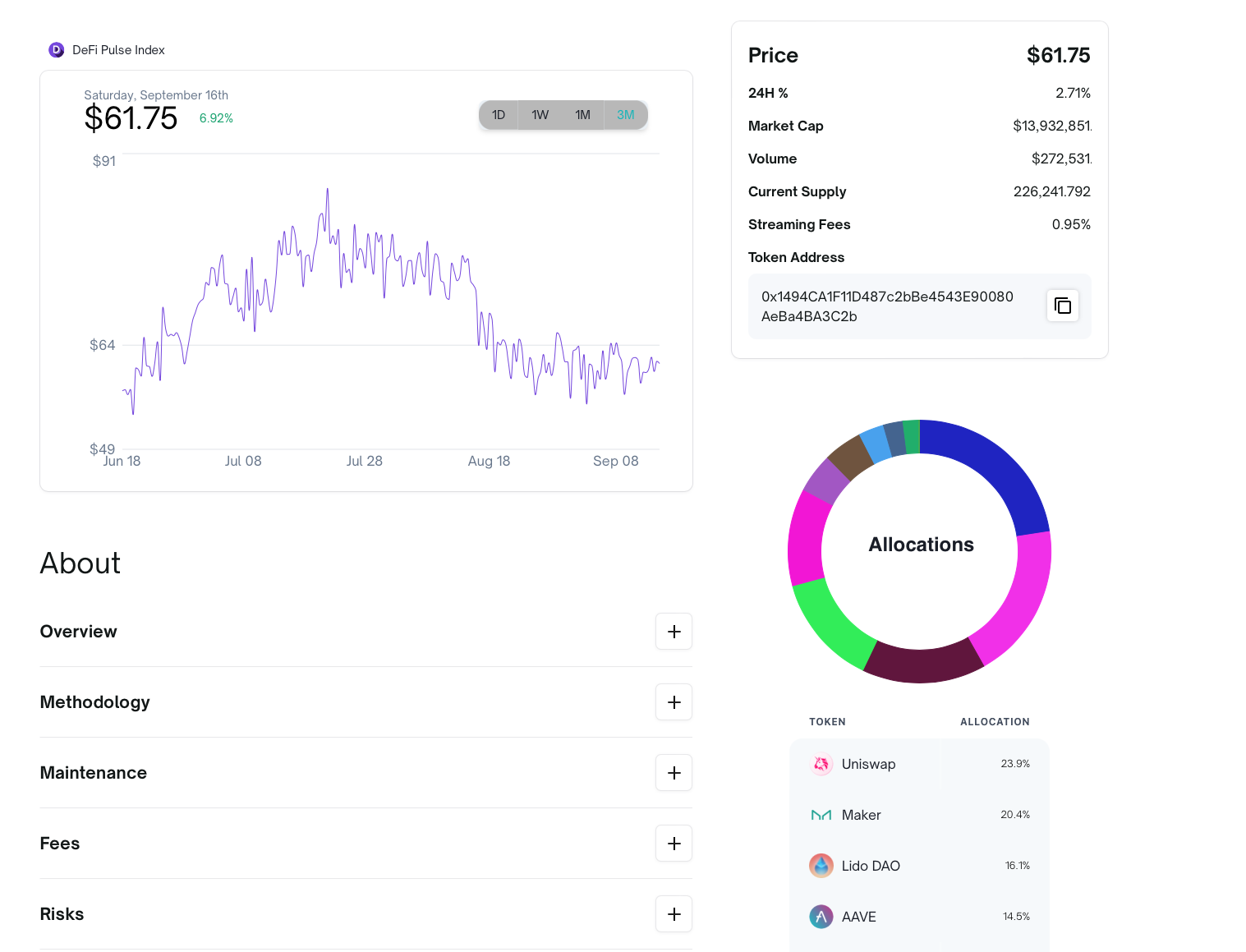
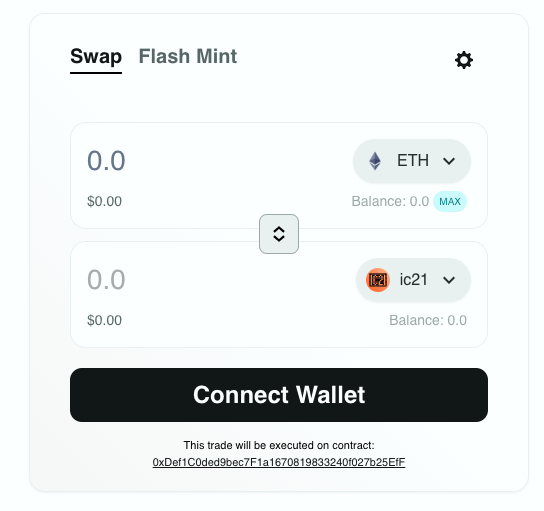
Obvious Smart Contract Application: Automate Investment Strategies

"yield aggregator:" push capital where rate of return is highest
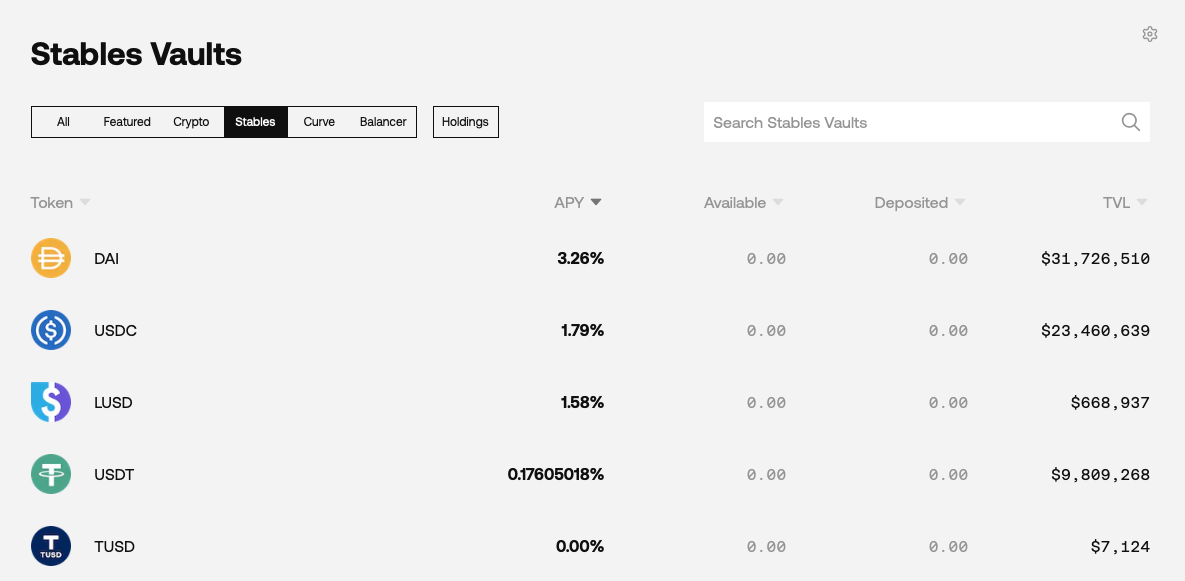
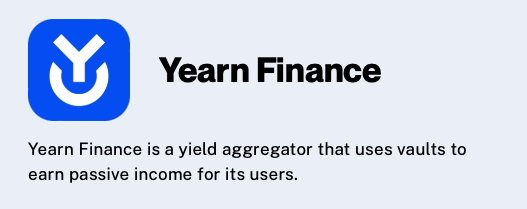
Many stories for why tokens are ponzi schemes.
Odd Lots: SBF and Matt Levine on How to Make Money in Crypto (podcast, April 25, 2022)
If too pressed for time to listen, start at minute 21:17, or check out:
UNI governance token holders: control rights, but no cash flows
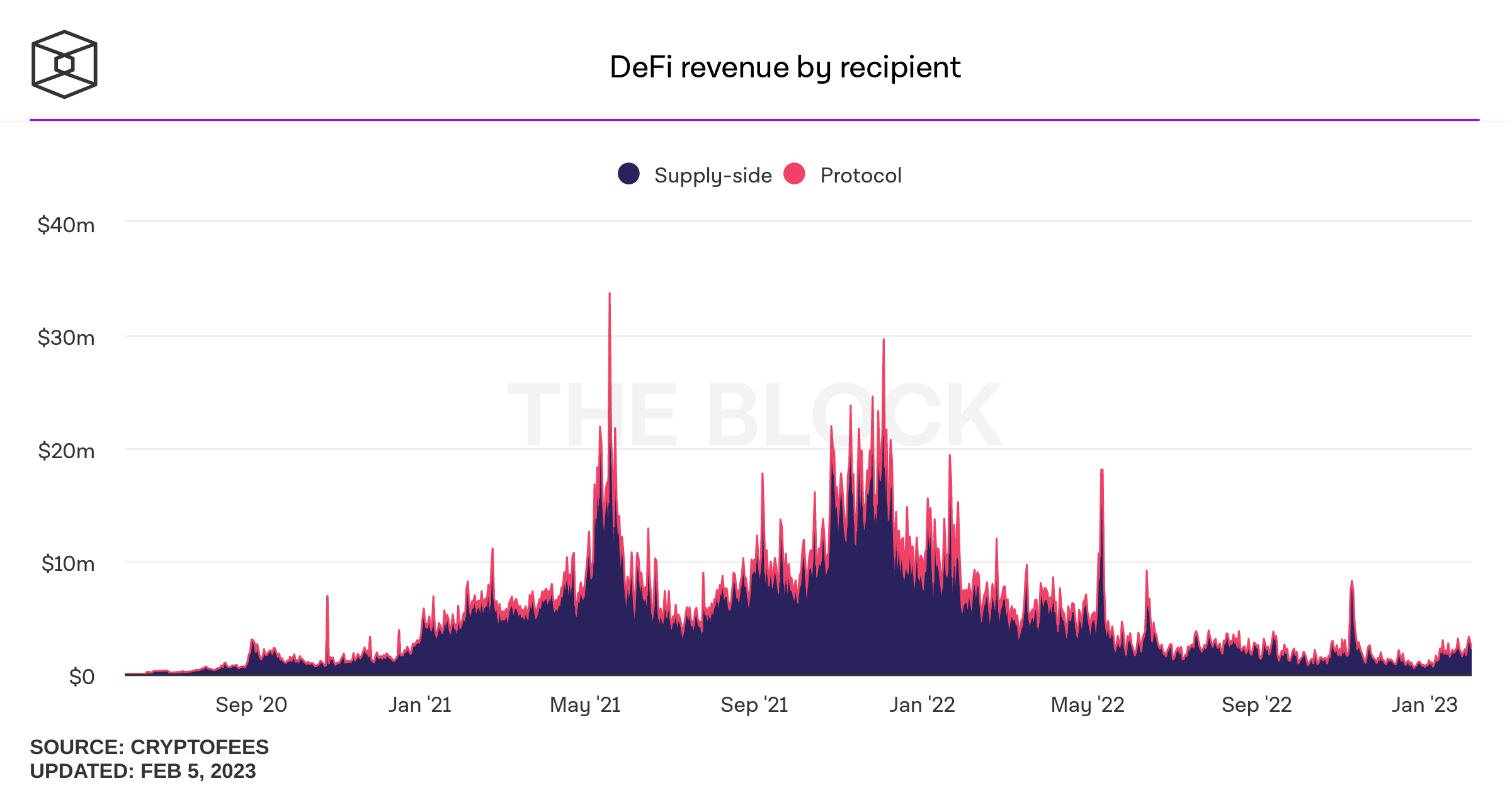
Platforms, Peer-to-Peer, and Decentralization
Peer-to-peer \(\Rightarrow\) Platforms
liquidity \(\nearrow\)
volume \(\nearrow\)
protocol fees \(\nearrow\)
token value \(\nearrow\)
Platform economics is tricky:
- What's the product?
- How do you get it started?
- How do you get people to contribute?
- How do you earn money?

liquidity mining (LM) = rewards for providing liquidity - worked (?) for Compound
Liquidity Mining & Yield Aggregators
Yield aggregators:
- develop strategies to systematically take advantage of token issuance (liquidity mining) programs
- like pooling funds to take advantage of banks deposit incentives

- liquidity flees quickly after liquidity mining programs end
- "mirage" effect: yield aggregators borrow what they deposit
Decentralized Governance

idea: blockchain-based = democracy
Problems to solve:
- What level and what decisions?
- Who gets to vote?
- What institutions?
- Majority rule vs minority rights?
- What's a majority?
- Why democracy?
Firms
- autocracy: CEO takes most decisions with minor restraints
- central body
- Investor = transactional relationship
A Landsgemeinde in the canton of Glarus on 7 May 2006, Switzerland (Wiki)
A Taxonomy of Tokens
Who controls the Projects? Decentralized Autonomous organizations

UniSwap Lab supports development

a website app accesses the code

token holders control contact features
don't own the code
operation = decentral
control = decentral
anyone can use the baseline code



core code runs on the blockchain

tokens used as rewards
- tokens are a re-imagination of value, ownership, use, rewards
-
tokens live on a single infrastructure and can interact with other tokens
- tokens are immediately transferable & immediately usable in DeFi
- token can be programmed to have many features and have many different uses
- tokens can assign ownership to "things" that could not be owned before
What's a crypto-token and what's special (and positive) about it?
- a blockchain is a protocol in which
- users have direct control and responsibility over their assets
- users can create codes at will
- \(\rightarrow\) any user can create tokens and applications
Tokens by use
payments:
- you use them strictly to pay for something
- example: native cryptocurrencies
utility
- you use them to access a specific service of function
- example: filecoin
asset
- representation of ownership
- pool claims, digital items
- example: receipts from UniSwap, Compound, NFTs
Disclaimer: this list in non-exhaustive, new ideas and concepts come up every day!
Tokens by use
stablecoins
- digital representation of fiat money
- centralized/ decentralized
- examples: DAI, USDC, USDT
governance
- voting rights to determine parameters of a project
- example: UNI, Compound etc
derivatives
- tokens based on other tokens & functions
- Example: Synthetix, dYdX
Disclaimer: this list in non-exhaustive, new ideas and concepts come up every day!
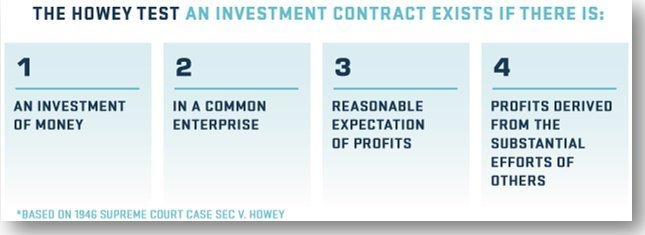
Regulatory issues: U.S. test for whether it's a security
Similar regulation in Canada: look up the Pacific Coast Coin test
- securities regulation is very broad and covers (and is meant to cover) almost everything
- But: crypto-assets and investment contracts are often separated.
- tokens can have many purposes - which one reigns supreme?
Example: ETH- payment token for usage of the network = money or coupon
- can be used for staking income = income generating
- staking is an economic activity
- staking as a service is an investment contract
Some thoughts about crypto-assets as securities
How do you comply?
- crypto-entities have no address or geographic location
- cryptos can be held in self-custody and be used in contracts
- How would an issuer know who owns them?
- How do you get prospectuses to "investors"?
- Smart contracts issue tokens - who would do the reporting?
- Who does the reporting for generally decentral entities?
Why are Blockchains challenging for current regulation?
The Investment Process
issuers
investors
- funding
- record-keeping
- instruments
- custody
- advice
- trading
services
needed & provided
- takes care of custody and allows self-custody
- allows instrument creation
- enables record-keeping
- allows circumvention of existing institutions
A general purpose value management infrastructure:
intermediaries
separate institutions
- asset custodians
- broker-dealers
- trading platforms
The blockchain reality:
new institutions
emerged that do all three
tokens are often not intended to be investments!
... and that brought us ...
- wash trading
- pump-and-dump schemes
- Bitfinex-Tether price manipulations
- cyber hacks
- epic thefts, "rug pulls," and fraud


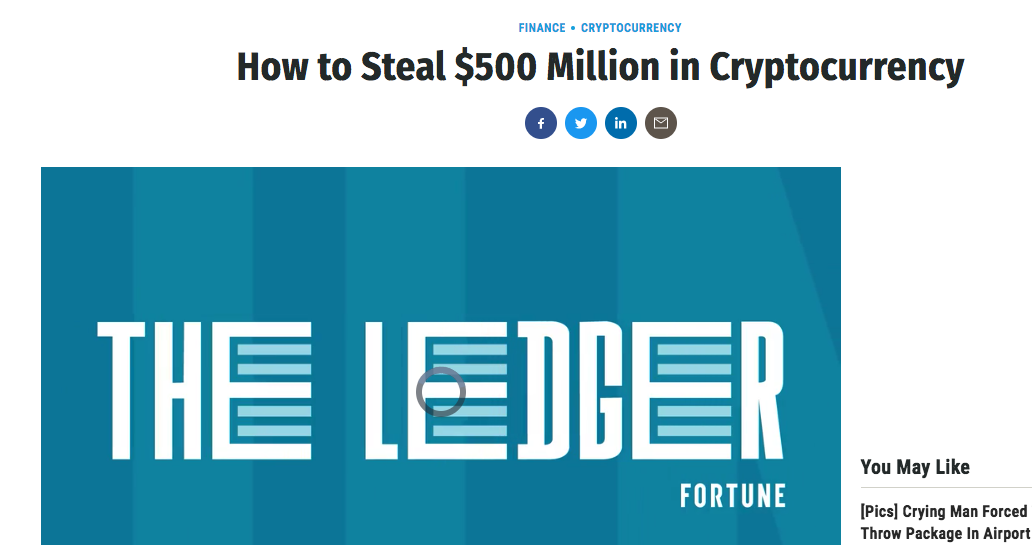
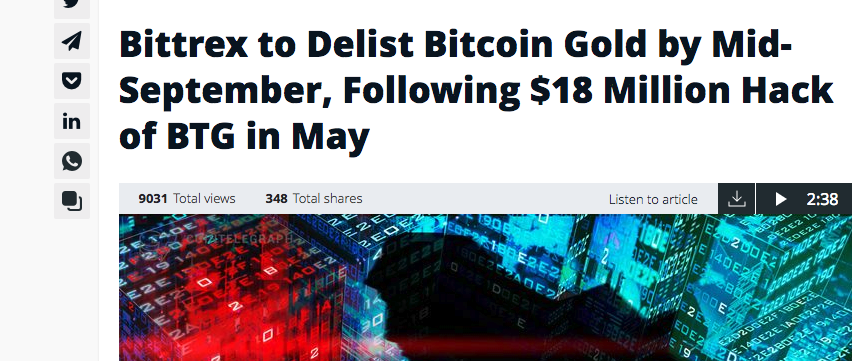













DeFi for "Real Finance," Stablecoins & why you should care even if you don't
Time-permitting
Stablecoins and Deposits
- DeFi applications for "real" finance
- DeFi Lending?
- Lending club on blockchain? (incl. personal loans etc)
- pools would be mostly stablecoin-based
- DEX trading?
- tokenized stocks require cash and stock deposits
- on chain FX require stablecoins in multiple currencies
- DeFi Lending?
huge demand for continuously available "high quality" money
\(\to\) stablecoins
Stablecoins \(\to\) Financial stability concerns
- currently
- borrowing and lending is balance sheet based
- bank deposits are "stable," long-term
- Central Bank and Risk Regulators (e.g. OSFI and OCC) effectively ensure fungibility of bank money
- private stablecoins
- would spread across applications, wallets, and functions
- stablecoin failure would disrupt every aspect of commerce
Stablecoins & Stability
- Circle
- issued $338B
- redeemed $302B
- supported >T$10 transaction volume
- prior to SVB held 20% in deposits
- \(\to\) high movements that are beyond the control of issuer
- \(\to\) not everyone can redeem
- during the SVB crash (on March 9) Circle requested the transfer of about $5B away from SVB
Source: Jeremy Allaire testimony to the U.S. Congress , June 14, 2023 https://www.circle.com/executiveinsights/payment-stablecoins-support-the-dollar-and-u.s.-economic-competitiveness
Very mobile liquidity!
Also:
- automated strategies (eg yield aggregators)
- or deliberate attacks
Stablecoins & Alternatives
- Best backing for a stablecoin?
- \(\to\) reserves!?
- \(\to\) makes a stablecoin issuer a "narrow bank"
- Can this be supported?
- Is CBDC an viable alternative?
- Privacy?
- What rights do you have?
@katyamalinova
malinovk@mcmaster.ca

slides.com/kmalinova
https://sites.google.com/site/katyamalinova/
Just in: regulators
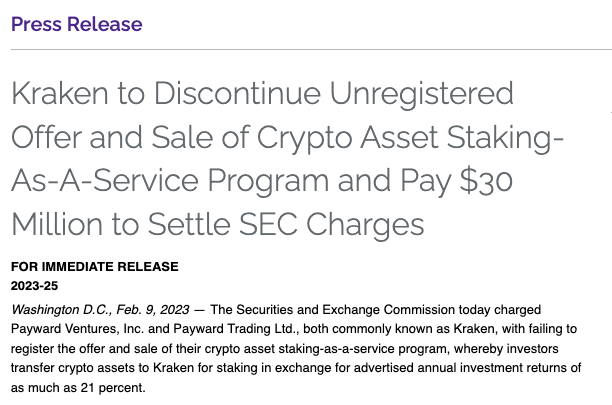
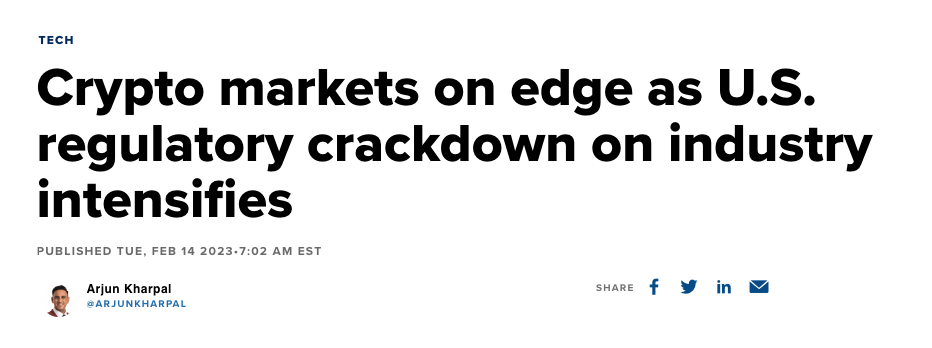
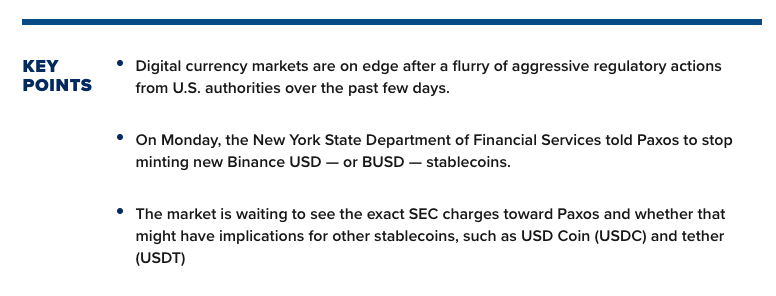
Non-regulatory challenges
Challenge #1 (?): Environment
Most cited problem are for the proof-of-work consensus protocol

Usage
| Network | DApps | Dollarvolume |
|---|---|---|
| Ethereum | 3,500 | $40-50B |
| Solana | 100 | $2.5B |
| Binance Smart Chain | 250 | $3B |
| Avalanche | 400 | <$.5B |
| EOS | 300 | <$100M |
| Algorand | 12 | <$20M |
Ethereum Challenge 1: Environment

- Carbon footprint of Switzerland
- Power consumption of Austria
| transactions per second | T per 12 hours (business day) | |
|---|---|---|
| Bitcoin | 7 | 302,400 |
| Ethereum | 30 | 1,296,000 |
| Algorand | 2000 | 86,400,000 |
| Conflux | 4000 | 172,800,000 |
| Athereum | 5000 | 216,000,000 |
| Payments Canada ACSS | 648 | 28,000,000 |
| US retail | 7639 | 330,000,000 |
| Canada number of equity trades | 46 | 2,000,000 |
| Orders on Canadian equity markets | 3588 | 155,000,000 |
Challenge 2: Throughput
Challenge 2: Throughput
Active on-going work on solutions:
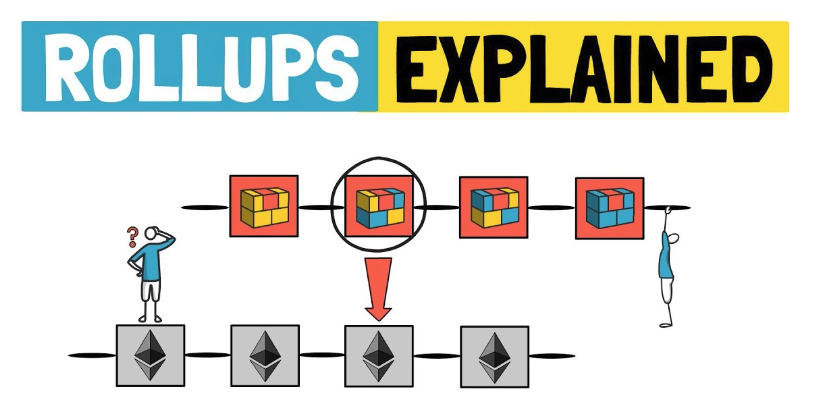
Sharding
Optimistic Rollups
ZK Rollups
Sidechains
| transactions per second | T per 12 hours (business day) | |
|---|---|---|
| Bitcoin | 7 | 302,400 |
| Ethereum | 30 | 1,296,000 |
| Algorand | 2000 | 86,400,000 |
| Conflux | 4000 | 172,800,000 |
| Athereum | 5000 | 216,000,000 |
| Payments Canada ACSS | 648 | 28,000,000 |
| US retail | 7639 | 330,000,000 |
| Canada number of equity trades | 46 | 2,000,000 |
| Orders on Canadian equity markets | 3588 | 155,000,000 |
-
Tweaks: lighting network (BTC) or side chains, SegWit, blocksize possible, but there are limits
-
microtransactions, IoT, and other smart contract use cases place very high demands
Challenge 2: Throughput
Ethereum Challenge 2: Throughput

Source: Etherscan w re-scaling
Ethereum Challenge 3: State Size
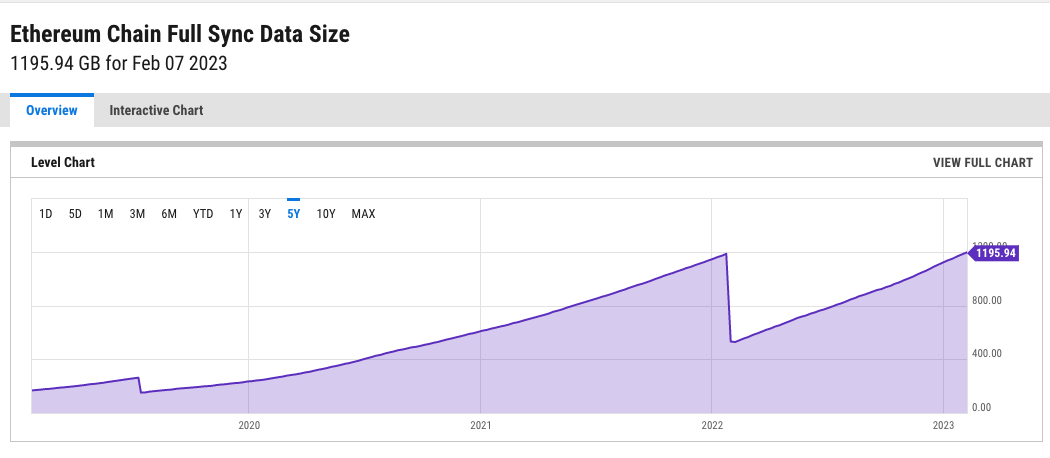
Challenge #4: Hacks, Thefts, and Exploits in DeFi
Common Reasons: hacks, faulty code, tricking a protocol
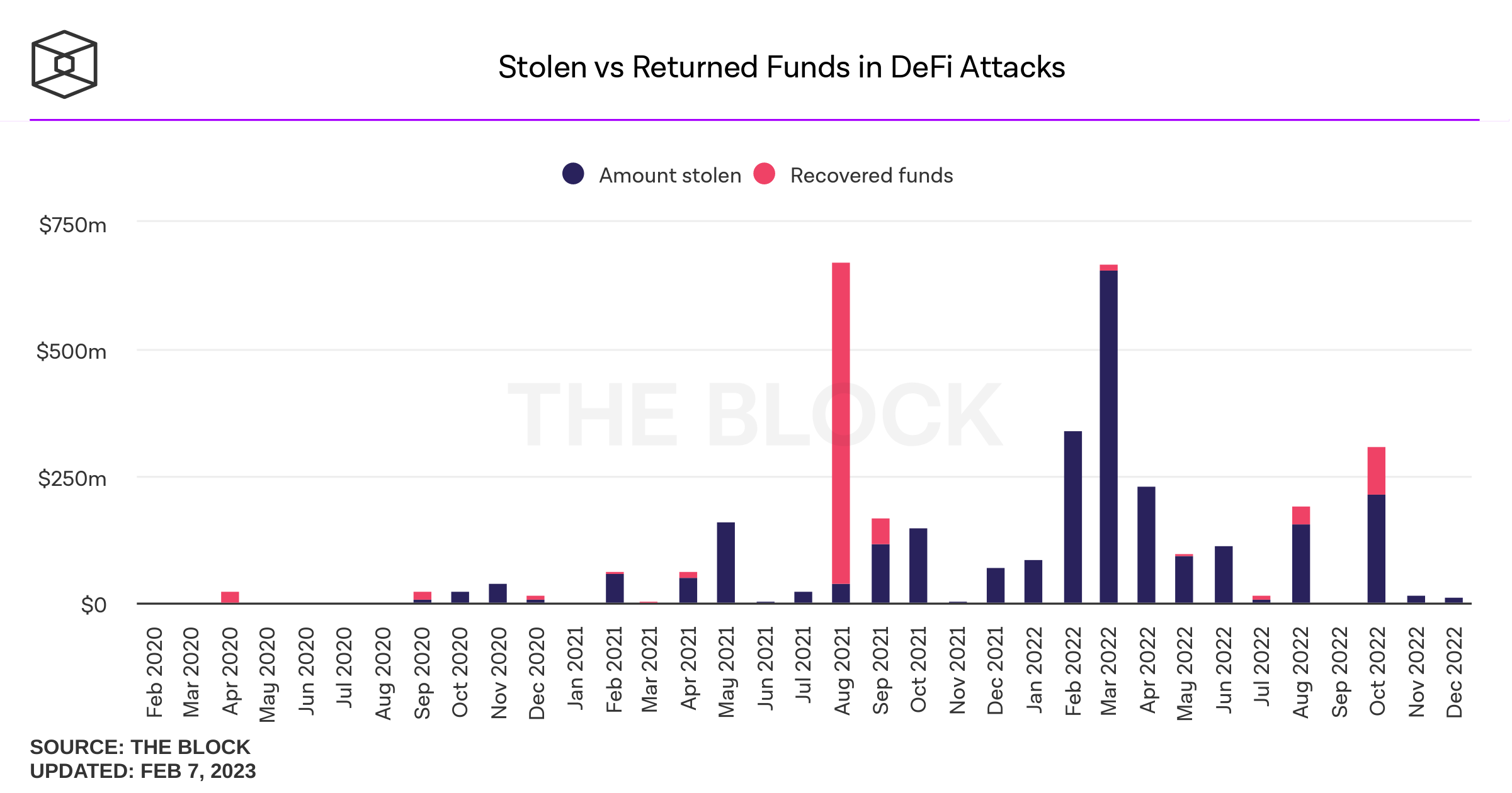
Major Ethereum Tech Upgrade: The Merge

scheduled date: September 13
Miner extractable value and High Priority Gas Auctions




Challenge #0: UX


FinTech
DeFi
- more user-friendly
- more customer-oriented
- less squeezing/rent-extraction
- more competitive services
- more innovative services
- currently: horribly user-unfriendly
- "blowing up the banks"
- fundamental re-thinking of financial services
- lots of scams, cowboy-attitude towards laws
innovation vs. salesmanship
main focus
Turn to history for a solution? Public Education?
1990s education drive on the Internet
kids' guide:
Three Scenarios for the Next Five Years
borderless digital economy \(\to\) blockchain-integrated
mass tokenizations \(\to\) likely originates from non-Western world
blockchains \(\to\) stay niche (gaming)
